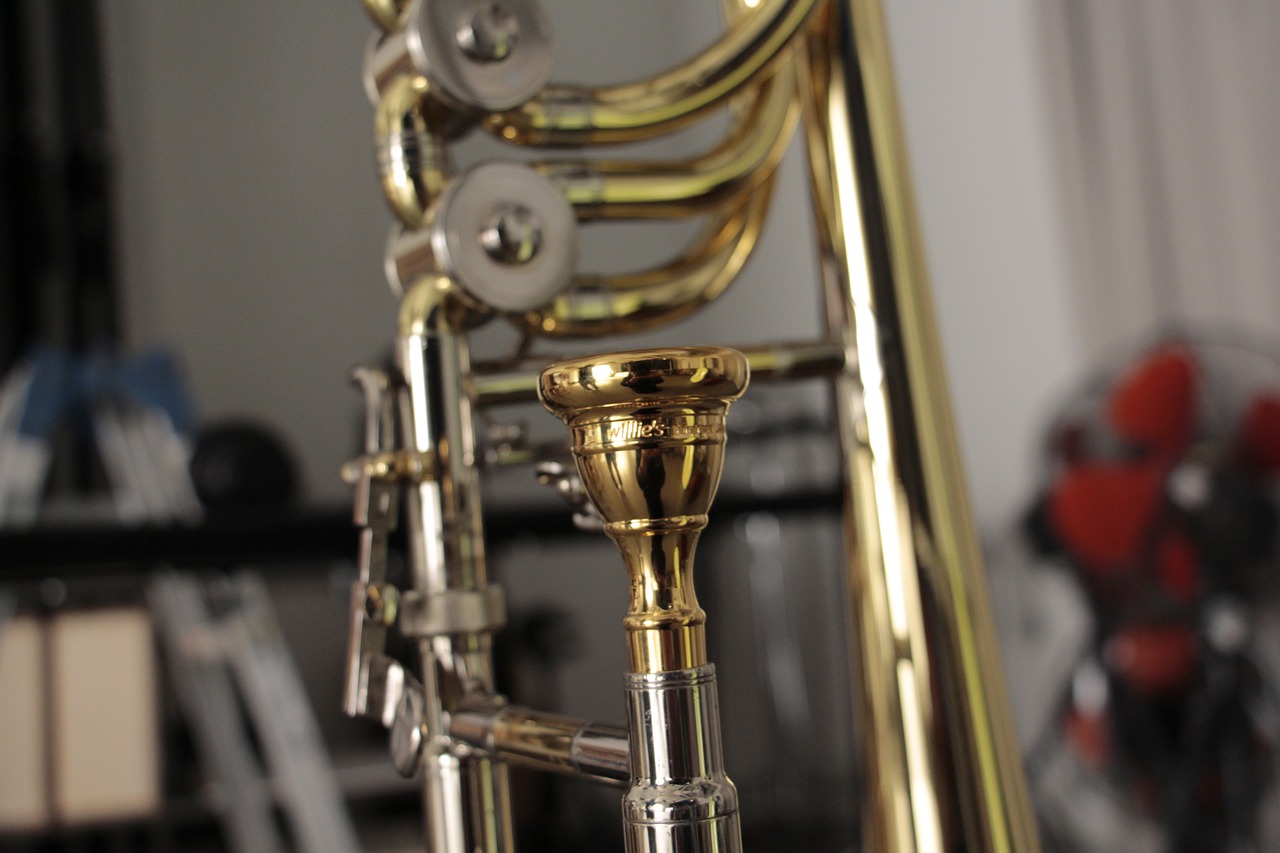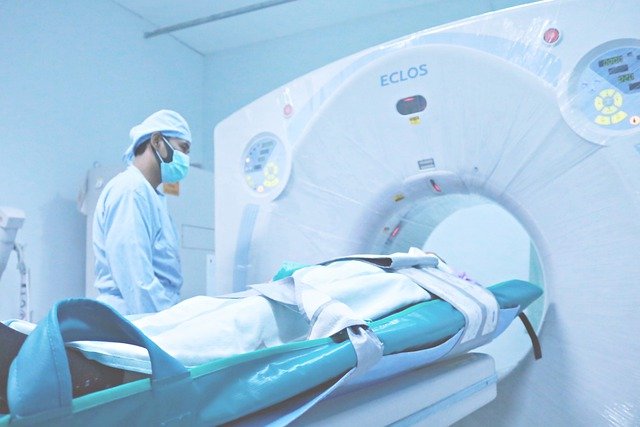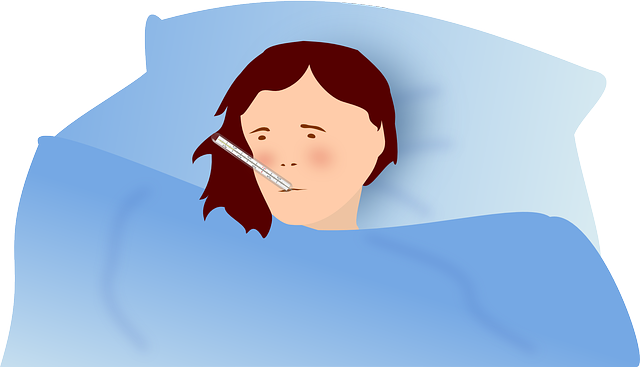By MORPC, 1808Delaware
DELAWARE – The Mid-Ohio Regional Planning Commission has released its annual air quality report. The report provides a summary of air quality data from November 2020 to October 2021.
For the first time since air quality record-keeping began in 1980, no Unhealthy for Sensitive Groups (USG) Air Quality Index (AQI) days for ozone were observed during the ozone forecast season. Ground-level ozone forms when emissions from vehicles and industry react in the presence of heat and sunlight and is the main ingredient in smog.
In July 2021, wildfire smoke transported into the Columbus area contributed to 10 Moderate AQI days for PM2.5. This represents the highest number of Moderate AQI days recorded in July for PM2.5 since 2015. PM2.5, or fine particle pollution, is made up of fine solid or liquid droplets that can get into the lungs and bloodstream. Sources include diesel trucks, power plants, and wood burning.
Overall, most days in central Ohio were in the Good Air Quality Index category. For ozone, 85% of summer days were in the Good AQI category. For PM2.5, 87% of all days were in the Good AQI category.
The summer’s highest AQI day for ozone occurred on August 24, when a large area of upper-level high pressure extending from the Southern Plains to Ohio inhibited vertical mixing. At the surface, ozone production was promoted by partly sunny skies and high temperatures in the low-90s. The daily ozone AQI value reached 100 because of these conditions, which is in the High-Moderate category.
MORPC issues daily air quality forecasts and notifies the public when ozone and particle pollution levels are forecasted to be unhealthy for sensitive groups of people through Air Quality Alerts. On days with an Air Quality Alert, children, older adults, and those with lung illnesses such as asthma can begin to experience symptoms like shortness of breath and wheezing.
Over the past 29 years, the number of days with high ozone has generally declined in Central Ohio, driven mostly by emissions reductions from vehicles.
Central Ohio Ozone monitor locations that provided data for this report include one in the city of Delaware. Other non-Franklin County locations include Centerburg and London.
Local mobility providers and programs, such as MORPC’s Gohio Commute program, Downtown C-pass and Smart Columbus – that encourage ridesharing, driving electric vehicles, riding transit, biking and walking – all help in keeping harmful pollutants out of the air.
The Central Ohio Air Quality End of Season Report can be viewed here or at morpc.org/airquality, where residents can find additional information and sign up to receive free Air Quality Alert notifications.










